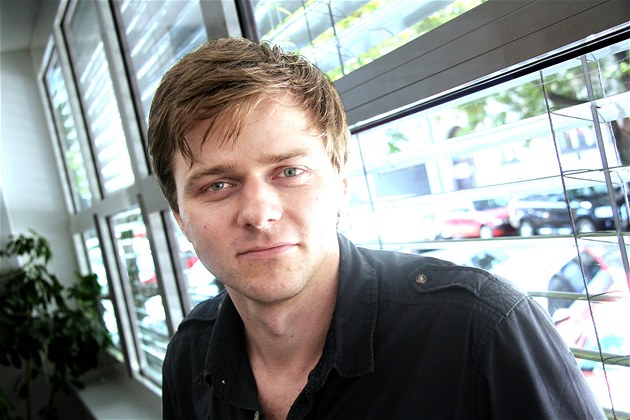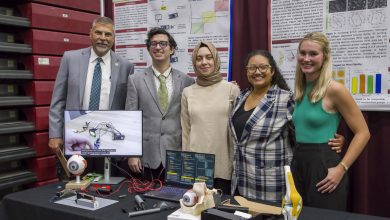Thinking of New Ways to Use the Technology Behind Google Glass
We all know that Google Glass, a trademark of Google Inc. wasn’t a smash success, but Ondrej Doule, an assistant professor at the Human-Centered Design Institute at Florida Institute of Technology says, “Google Glass has a high maturity of technology but a low maturity of practice.”
In case you missed it, here is an excerpt from Florida Tech’s research magazine, Discovery, about the ways the Google glass technology can help humans in space.
“Last October, NASA’s Space Technology Mission Directorate agreed to fund a two-year proposal that involves Kennedy Space Center, Doule and other partners to explore how wearable technology and heads-up displays like Google Glass could eventually be a part of the work done by spaceport technicians and even astronauts.
Called Integrated Display and Environmental Awareness System, or IDEAS, the project’s goal is, according to NASA, “to enhance real-time operations by providing various means of communication and augmented reality data to field engineers here on Earth and in space.”
For example, a helmet equipped with a system embedded in the visor would feed astronauts updated spacewalk instructions or how to fix an unexpected problem all scrolled before their eyes. The readout would also monitor temperature, vital signs or other mission-critical information.
Kennedy Space Center’s David Miranda, the project lead, said the IDEAS team is a strong one. ‘Our partners bring a mix of skills that will involve innovative and agile approaches, ensuring that a technology is developed with the user in mind,’ he said.
Though a seemingly simple premise, developing technology with the user in mind is difficult to achieve. Doule is part of the project’s usability team. He supports critical tasks related to user needs and their transformation into a relevant, innovative system that is wearable. ‘There are a high number of users this system has to accommodate and rapidly evolving technology,’ Doule said. ‘So our tasks also include broad research into technology, interviews with future users, system architecture definitions, generation of operational scenarios and identification of common and special features of the IDEAS system.’
Everyone on the IDEAS project produces design requirement documents in real time to allow the end product to evolve. The groups has already created five concept versions of the IDEAS product. Soon to come will be 3-D-printed concepts. ‘That is our challenge’ Doule said. ‘How we can use this very sophisticated, miniaturized technology? How we can leverage it?’
The answers could change the way people work.”





